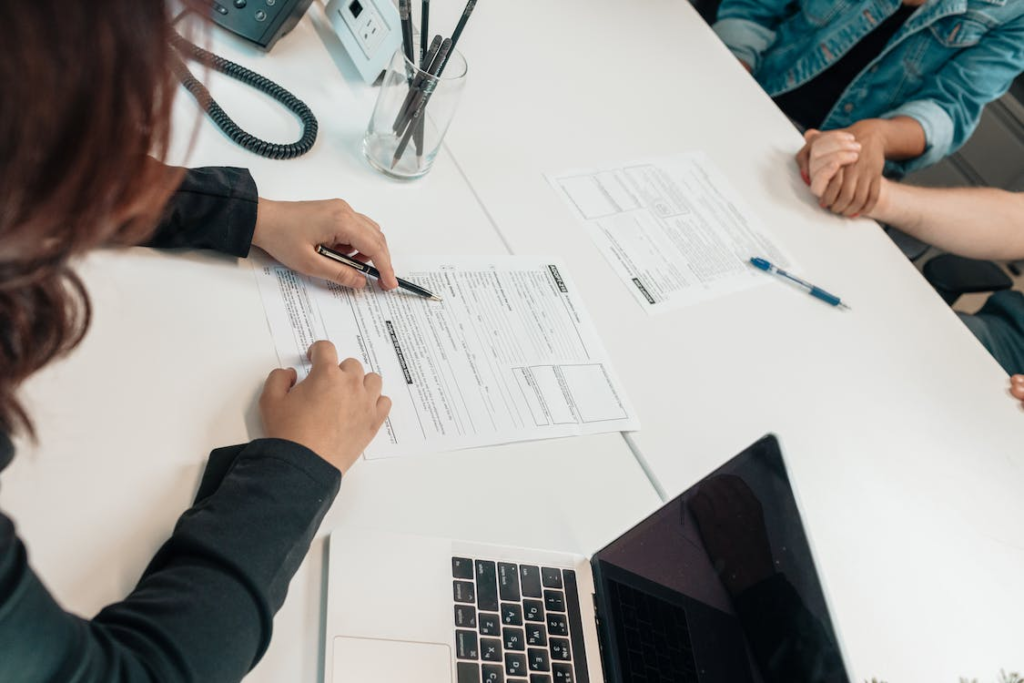Facing financial difficulties can be overwhelming, and the prospect of bankruptcy may seem like an impossible challenge. However, with proactive measures and strategic planning, it is possible to navigate financial hardships and avoid the path of bankruptcy.
This blog post will explore detailed bankruptcy avoidance strategies and tips to help readers maintain financial stability and sidestep the potential pitfalls.
Assessment of Financial Situation
Begin by conducting a thorough assessment of your financial situation. Examine your income, expenses, debts, and assets. Understand the root causes of financial strain, whether it be job loss, medical expenses, or poor financial management. This comprehensive evaluation forms the foundation for effective bankruptcy avoidance strategies.
Create a Realistic Budget
One of the effective bankruptcy prevention techniques is to develop a detailed budget that outlines all sources of income and categorizes expenses. Distinguish between essential and non-essential expenditures, and identify areas where cost-cutting is feasible. A realistic budget serves as a roadmap for financial stability and helps prioritize essential payments.
Prioritize Debt Repayment
Prioritize debt repayment by focusing on high-interest debts first. Consider negotiating with creditors for lower interest rates or extended payment terms. Structuring a systematic debt repayment plan is crucial for reducing financial strain and avoiding the escalation of debt.
Explore Debt Consolidation Options
Debt consolidation involves combining multiple debts into a single, more manageable payment. This strategy can streamline repayments and potentially reduce interest rates. Research debt consolidation programs and consult with financial advisors to determine the most suitable approach for your circumstances.
Engage in Open Communication with Creditors
Another effective solution to prevent bankruptcy is transparent communication with creditors about your financial challenges. Many creditors are willing to work with you to find mutually beneficial solutions. Negotiate for revised payment plans, interest rate reductions, or temporary forbearance to alleviate immediate financial pressures.
Explore Income Enhancement Opportunities
Consider supplementing your income through alternative means, such as part-time employment, freelance work, or selling unused assets. Identifying additional income sources can provide the financial boost needed to cover essential expenses and contribute to debt repayment.
Protect Assets and Evaluate Expenses
Examine your assets and evaluate their necessity. While protecting essential assets is crucial, consider selling non-essential items to generate funds for debt repayment. Simultaneously, scrutinize recurring expenses, cutting out unnecessary subscriptions or luxury expenditures.
Understand Bankruptcy Options
While the focus is on avoidance, it’s essential to understand bankruptcy options. Familiarize yourself with Chapter 7 and Chapter 13 bankruptcy, their implications, and eligibility criteria. This knowledge ensures that you can make informed decisions in the event that bankruptcy becomes unavoidable.
Build an Emergency Fund
One of the most important bankruptcy avoidance strategies is establishing and consistently contributing to an emergency fund for a financial safety net. Having savings can help cover unexpected expenses, reducing the risk of falling into a deeper financial crisis and providing peace of mind.

If you need professional financial advice to prevent bankruptcy, we can help. Our experts can provide valuable insights into your unique financial situation. They can offer personalized advice, assist in debt management, and guide you through the intricacies of financial decision-making. Moreover, we also provide investment recovery services and effective credit repair referrals. Contact us now to get started.
